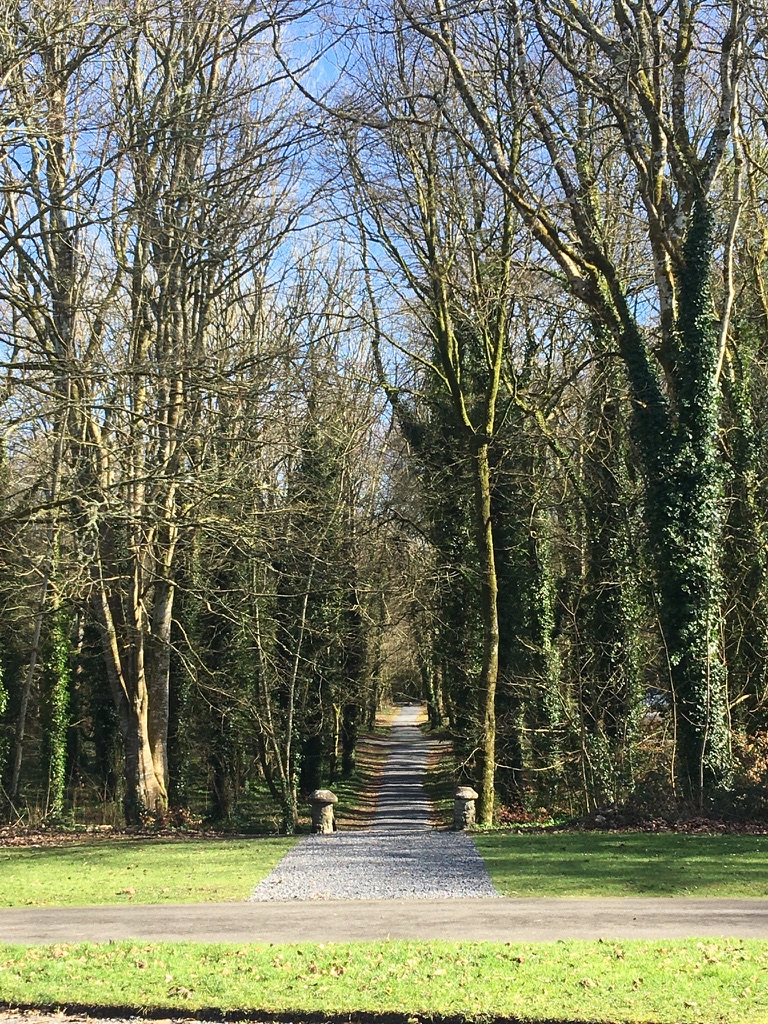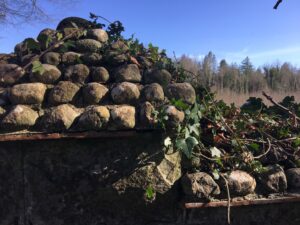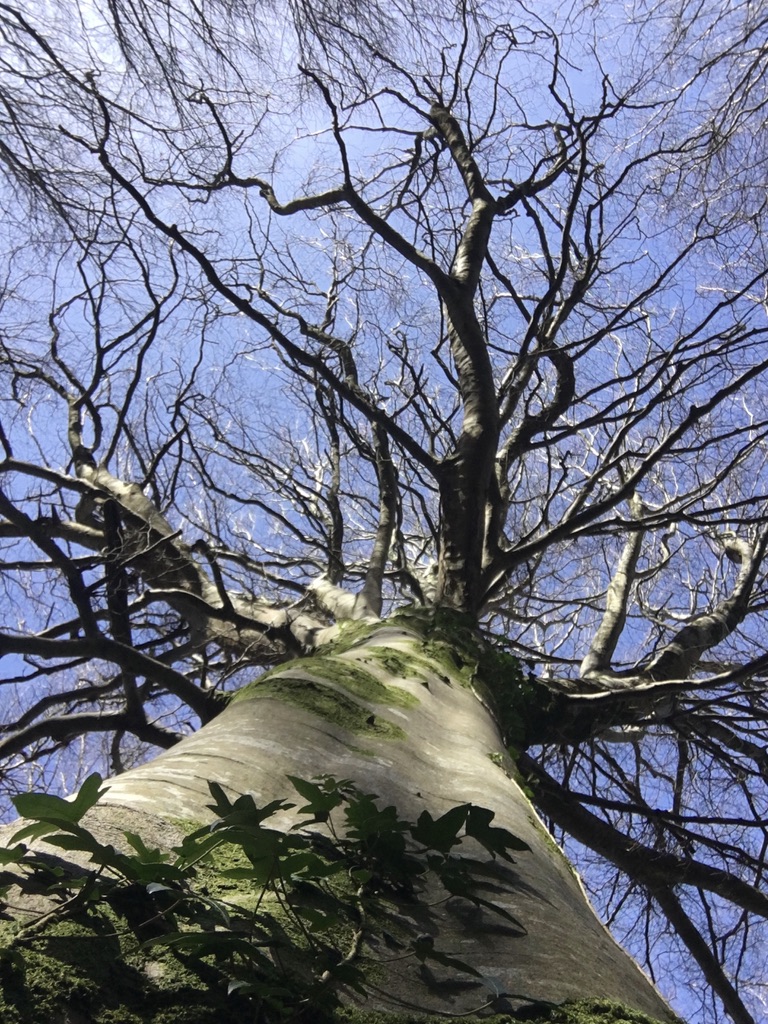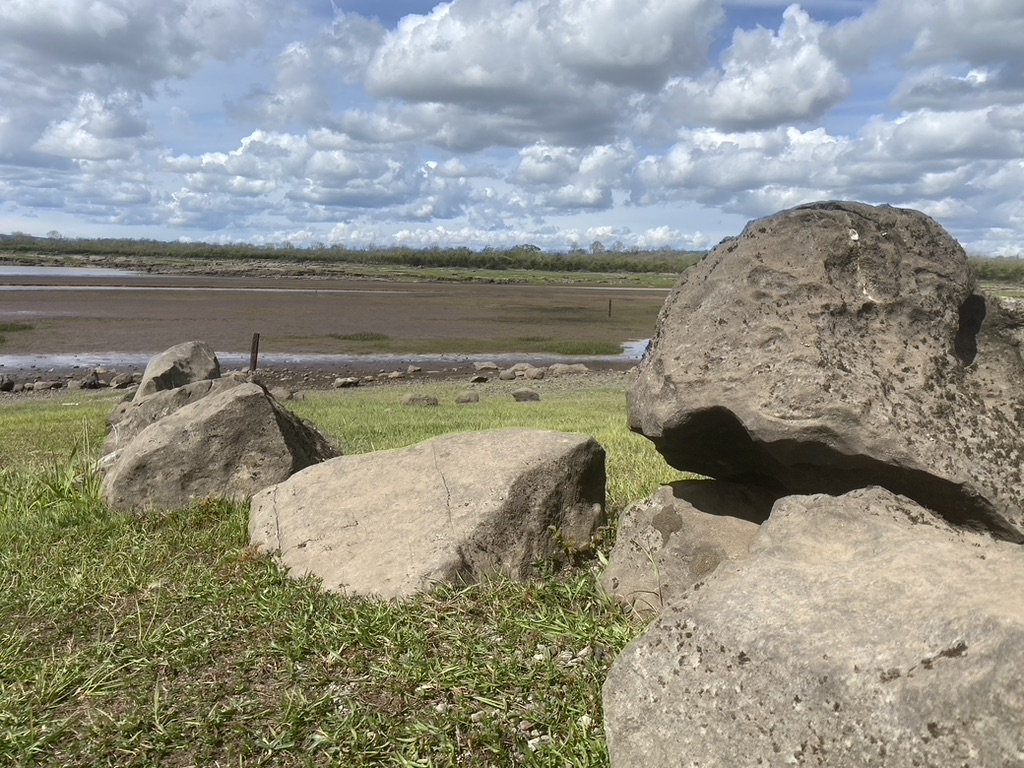The Story of Coole and the Gregorys
In 1768, upon returning to Ireland from his service with the East India Company, Robert Gregory acquired approximately 600 hectares of land in Coole. It remained in the Gregory family until it was sold to the Irish state in 1927. His wife, Lady Augusta Gregory, already a legendary playwright and folklorist during her lifetime, shaped the history of the estate. It became a meeting place for important figures of the Celtic Revival, especially for writers, notably W.B. Yeats. Together with Edward Martyn, they founded the Abbey Theatre, the first National Theatre.
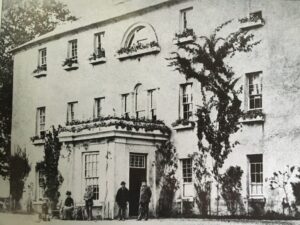

The House and the Grounds
Robert Gregory built a magnificent house, laid out a large walled garden, and opened a nursery, which Arthur Young described in “A Tour of Ireland” (1780) as “a very fine nursery, the foundation of new plantations, which will soon be a great ornament to the country.” Subsequent generations of the Gregory family continued to plant trees from around the world with some success. Additional land was acquired in the 19th century, and by the 1850s, the area encompassed approximately 15,000 hectares.
One of Robert’s sons, William, became Under-Secretary of State for Ireland in 1812, and his grandson, William Henry, was born at his residence in Phoenix Park, Dublin, in 1816. This William inherited Coole in 1847 when his father (another Robert) died of a fever during the Great Famine. William later became Governor of Ceylon and was knighted. In the 1850s, he expanded the tree collection at Coole by planting a pine forest of exotic conifers from the Americas. The site was completed in 1856. However, many trees died on the chalky soil; only a few survived and thrived, some of which can still be seen today.
The Next Generations
In 1880, Sir William, then 63, married Isabella Augusta Persse, then 28. A son, Robert, was born in 1881. After Sir William’s death in 1892, Lady Gregory devoted much of her time to writing. She was one of the most important figures in the Irish literary movement of the early 20th century, not least because she made Coole a center for the movement’s writers and a place they returned to time and again to talk, plan, and find inspiration.
Lady Gregory died on May 22, 1932. The magic of Coole, which inspired so many, can still be felt today, even though the house is no longer standing. Her legacy of writings and tree plantings survives and is described by Sean O’Casey as “her chief wizards, one nearest to her mind, the other to her heart.”
Augusta Gregory and Coole
Lady Gregory’s love for Coole and its “Seven Woods,” immortalized by Yeats, is reflected in her own writings and those of her literary guests.
“These woods were much loved and cherished by my predecessors, and my affection was no less for them. The generations of trees have been my care, my comforters. Their company has often given me peace.” – Lady Gregory, Coole, 1931
But the woods and lakes of Coole were richer than Yeats imagined. The “Seven Woods” that so enchanted Lady Gregory and her guests harbor traces of an older history of which the literary visitors were barely aware: remnants of the former natural forest cover, as well as the vanishing lake and river, are among the most beautiful turlough complexes (see Nature & Wildlife) not only in Ireland, but in the entire world.
The Irish State Acquires Coole
Following its purchase by the Irish State, Coole Park was managed by the Forestry Service from 1927 to 1987. During this time, the adjacent Garryland Wood was acquired. Most of the land was planted, mostly with fast-growing non-native tree species. The “big house” at Coole was demolished in 1941. In the late 1960s, Coole opened to the public.
Since 1987, the Coole-Garryland Nature Reserve has been managed by the National Parks & Wildlife Service (NPWS) for wildlife conservation and public use. During this time, the old stables and outbuildings of the Coole Estate were restored and converted into a visitor center with tea rooms (opened in 1992).
A Special Natural Habitat
Coole Park is part of the Coole-Garryland Complex Special Area of Conservation, located in a low-lying karst limestone area west of Gort in County Galway. It comprises a series of seasonal lakes (turloughs) fed by springs and a partially flooded river, surrounded by woodland, pasture, and chalk heath. The more well-known turloughs in the area include Lydacan, Crannagh North, Raheen, Crannagh South, Coole, Garryland, Newtown, and Hawkhill.
Turloughs – Disappearing Lakes
Turloughs are listed as priority habitats under the European Union Habitats Directive, and the Coole-Garryland turloughs are particularly good examples of this habitat type. Turlough vegetation includes sea urchin (Littorella uniflora), spike rush (Eleocharis palustris), purslane (Lythrum portula), and marsh violet (Viola persicifolia). A species of starflower (Callitriche palustris) was recently recorded at this site, the only known occurrence in Ireland. The River Coole itself is of particular interest due to the presence of a rare riverine habitat.
The turloughs are fringed by a range of habitats on limestone pavement, including scrubland with buckthorn (Rhamnus catharticus) and hawthorn (Crataegus monogyna). In places, heather broom (Calluna vulgaris), juniper (Juniperus communis), moor grass (Sesleria albicans), and occasional yew (Taxus baccata) have developed on the limestone surface. In addition, the area contains good examples of smooth surfaces and the associated species-rich grasslands. Smaller areas of orchid-rich grassland can be found in Coole-Garryland. Colorful orchid species found here include pyramidal dog orchid (Anacamptis pyramidalis), spotted marsh orchid (Dactylorhiza spp.), snout orchid (Gymnadenia conopsea), fly orchid (Ophrys insectifera), and wood hyacinth (Platanthera chlorantha).
There are two other turloughs near Coole: Garryland Turlough west of Coole and Newtown Turlough south, just outside the reserve. They are all among the best examples of their type and are of international importance.
The Woods of Coole
What is remarkable about the turloughs in Coole Park is their close association with woodland. Despite the original planting of non-native trees, stands of semi-natural broadleaf woodland have been preserved and expanded. English oak (Quercus robur) and ash (Fraxinus excelsior) are the dominant species on deeper, more fertile soils. Hazel (Corylus avellana), occasional yew (Taxus baccata), and elm (Ulmus spp.) also grow there. There are also some unusual areas of dwarf English oak woodland on limestone pavement. This oak species does not normally colonize this substratum.
Some of the broadleaf woodlands have a mixture of native and non-native species. These mixed woodlands feature a diverse shrub layer of spindle tree (Euonymus europaeus), privet (Ligustrum vulgare), burnet (Rosa pimpinellifolia), viburnum (Viburnum opulus), blackthorn (Prunus spinosa), pear (Pyrus pyraster), and honeysuckle (Lonicera periclymenum). The ground flora is rich and includes wood anemone (Anemone nemorosa), dog violet (Viola riviniana), glossy cranesbill (Geranium lucidum), maidenhair spleenwort (Asplenium trichomanes), northern bedstraw (Galium boreale), stonecrop (Sedum acre), bluebell (Campanula rotundifolia), and mountain vetch (Lathyrus montanus). The woods are known for the presence of rare myxomycete fungi, namely Licea idris, Licea marginata, and Macbrideola decapillata, the former occurring at one of only three known locations of this species.
The Coole-Garryland habitat complex provides habitat for several mammal species, including otters and pine martens. The Coole-Garryland complex also supports one of the most significant and unique insect populations in the country, including several notable beetle and fly species.
Thanks to Yeats, the woods of Coole are known by name to people around the world. Yeats mentions the “Seven Woods of Coole” several times; in fact, there are more than seven. The woods were deeply loved and cared for by the Gregorys, and each grove and plantation had a carefully chosen name. Most were named after local topographical features, but some were named after people, such as Isabella Wood.
Nature Created by Humans
The woods of Coole are not wild forests, meaning they are not natural woodlands with little human influence. They are managed woodlands, partly derived from the natural forest cover, which can still be found sporadically, particularly on the other side of the lake. Their natural character has been shaped by over 200 years of forestry.
In the woods of Coole, you can find all native tree species, alongside introduced species, of which the beech is the most common and occurs almost everywhere. The most famous tree in Coole is the copper beech, as the Autograph Tree in the garden belongs to this species. Another famous tree, Lady Gregory’s favorite tree in Coole – a catalpa tree (Catalpa bignonioides), stood just inside the garden entrance. It was a magnificent tree, especially in flower. A new catalpa tree was planted at this site.
The Coole-Garryland turlough system is considered the most diverse in the country due to its physiography and vegetation. Its uniqueness lies in its close association with woodland. The coexistence of these two distinct habitats, as well as the presence of a variety of turloughs, has led to the development of unusual communities, and rare insect and plant species associated with both the turloughs and the transition between turlough and woodland occur. Overall, the range of high-quality habitats in Coole-Garryland provides shelter to a wide variety of plant and animal species, making this site of paramount conservation importance.

The Birds of Coole
Coole/Garryland is also designated as a Special Area of Conservation for birds. This is primarily due to its importance for wintering waterfowl, particularly whooper swans, Bewick’s swans, wigeons, mallards, pochards, as well as smaller populations of teal, tufted ducks, lapwings, curlews, and dunlins. In 1996, seven pairs of lapwings bred in Newtown Turlough and two pairs of common sandpipers bred in Coole Lough.
The woodlands of Coole are also a very attractive habitat for birds in general. The trees themselves provide territorial singing sites, nesting sites, and, in winter, roosting sites. A wide variety of seed-bearing plants and shrubs grow beneath the trees, providing food for the birds. In summer, woodland birds find additional food in the form of emerging insects. The different bird species generally feed at different heights in the forest layers, thus avoiding competition for food. Common birds in the woodlands include larger species such as wood pigeons, sparrowhawks, and jays, which are easily identified by their size, flight patterns, and calls. Smaller species commonly seen include robins, blackbirds, song thrushes, wrens, dunnocks, members of the finch and tit families, and summer visitors such as chiffchaffs and willow warblers.
The Estate’s special location
Coole lies at the center of a rare and complex wetland system of global importance. The system includes subterranean rivers, seasonal lakes (turloughs), springs, and sinkholes. The nature reserve is located in the low-lying limestone karst region west of Gort, Co. Galway, and covers an area of approximately 400 hectares (1,000 acres) where wetlands and woodland meet.
“The beauty and romance of our Seven Woods, the mysteries of the rising and falling waters of the lake, are dear to my heart, I have treasured them greatly, and they are now in hands that I believe will cherish and preserve them forever.”
– Lady Gregory, May 26, 1929
Coole Park combines history and nature
Coole Park was the center of Irish literature in the early 20th century. William Butler Yeats, George Bernard Shaw, John Millington Synge, and Sean O’Casey came to experience its magic. They and many others carved their initials into the Autograph Tree, an ancient copper beech that still stands in the walled garden today.
At that time, it was the home of Lady Gregory, playwright and folklorist. She is perhaps best known as the co-founder of the Abbey Theatre along with Edward Martyn of nearby Tullira Castle and Nobel laureate William Butler Yeats. The Seven Woods, which W.B. Yeats sang about are part of the miles of nature trails that lead through forests, rivers, turloughs, bare limestone cliffs, and Coole Lake.
Coole is a place of magic and tranquility in a unique landscape. Although the house is no longer standing, you can still enjoy the surroundings that drew so many here.
There are few trees where I live, but I’m close to the ocean. Every now and then, however, I’m drawn to the forest, and I’m grateful to have Coole Park and Garryland nearby.
Here a little video with images from a lovely spring day in Coole

